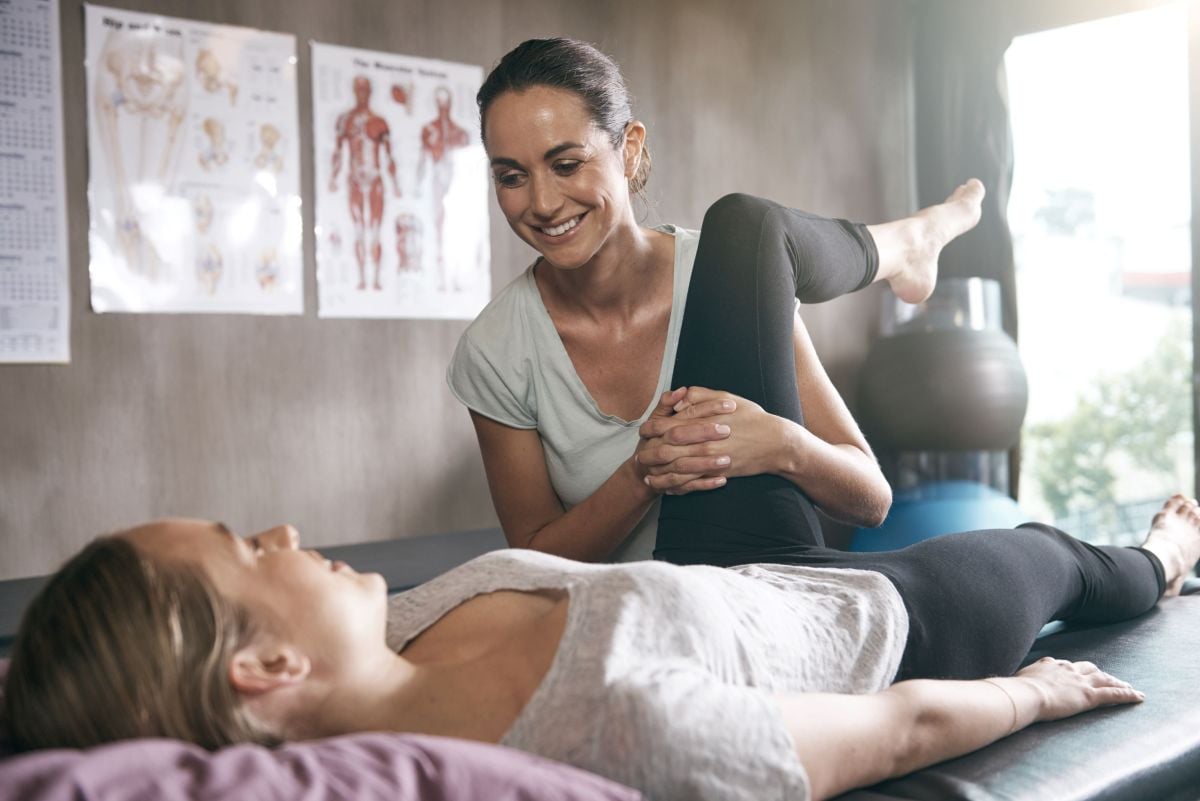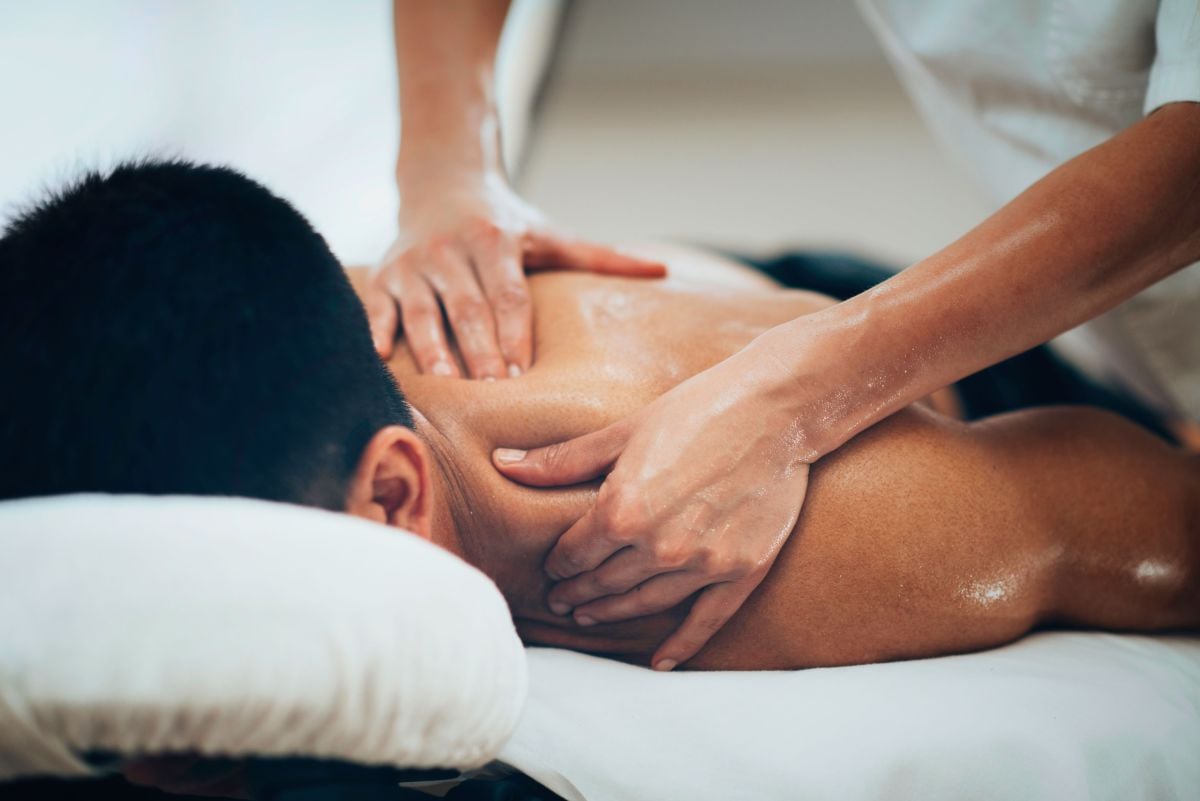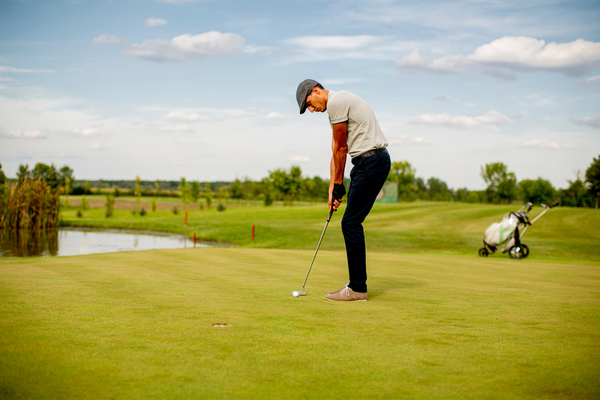
7 tips to get you ready for golf before you tee off
Note: The exercises and/or stretches in this blog are not intended to replace the advice of your clinician. If you are unsure, please speak to your clinician before attempting any of the suggestions below.
With many golf courses opening up, tee-times are booking up quicker than ever before. It has been a long pandemic winter so before you tee off, consider heading to the driving range for some practice swings and follow these tips to get you ready to hit the course!
1. Pace yourself
Consider starting off with 9 holes. This will allow your body to build up endurance and get used to the game again. During this time, go slow and focus on perfecting your technique. After a few rounds, feel free to increase to 18 holes.
2. Warm up
Before you tee off, these dynamic stretches can help warm up your body and reduce your risk of injury.
Note: If you experience any severe pain while doing the stretches or movements below, stop and contact your health provider.
Arm circles
With your arms parallel to the floor, make small circles while keeping your arms straight. Perform 10 circles forward and 10 in the reverse direction.

Dynamic lunge rotations
Stand with your feet hip width apart. Take a step forward and bend both knees, lowering your body down so both knees are bent about 90 degrees. Rotate your upper body to the same side as your front leg. Rotate your body back to center and return to starting position. Repeat 5 times on each leg.
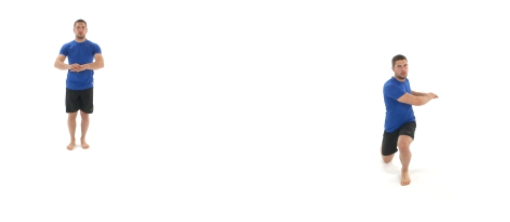
Torso stretch
Stand with a club in your hands, arms relaxed. In a slow and controlled motion, rotate to one side as if you were performing a golf swing. Slowly return to center. Repeat 5 times each side.

Wrist and elbow flexion/extension
Interlock your fingers and extend your elbows out in front of you as far as you can. You should feel a stretch in the back of your wrists. Flex your elbows and rotate your hands to face your palms away from you. Extend your elbows and reach. You should feel a stretch in the front of your wrist. Repeat 5 times.
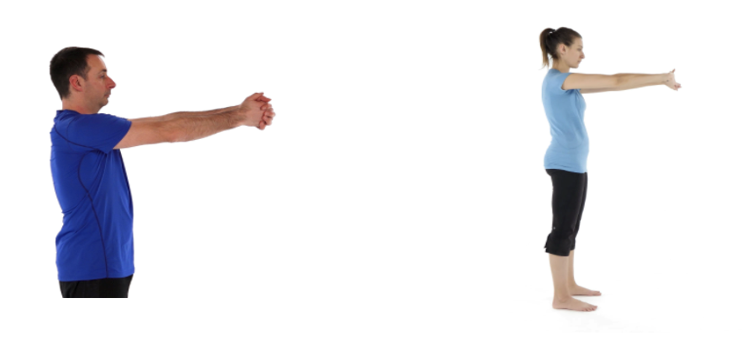
3. Don’t grip your clubs too tight
Elbow and wrist injuries are quite common among golfers. The majority of these injuries are caused by a combination of gripping the club too hard and hitting an object other than the ball such as a stone or hard ground.
When you grip the club too hard, the sudden decrease in movement of the club when it hits a hard surface can produce enough forces to disrupt the tissues of the hand and elbow. To avoid this, relax your grip and focus on swing technique to avoid a miss-hit.
4. Bend your knees and keep your back straight
Large compression forces are produced in the low back during a swing which increases risk of injury with repetition.
To protect your back when doing other activities such as lifting your golf bag, it is important to make sure you are using proper lifting mechanics. Here are some tips:
- Keep your feet wide and your bag close to your body when lifting
- Squat down, bending at the hips and knees and slowly lift by straightening your hips and knees
- Avoid lifting when your back is twisted and/or bent forward
- If you are using a single strap bag, consider switching shoulders or opt for a pushcart.
5. Don't forget to stretch
Static stretching after physical activity helps to cool you down, decrease tension in your body, decrease soreness the next day, and may even help improve your performance for your next game. Try these out after your next round:
Hamstring stretch
Stand straight with a club in your hands and one foot crossed over the other. Keeping your knees straight, bend at the hips and reach down towards your feet. Hold for 30 seconds then repeat with the opposite leg.
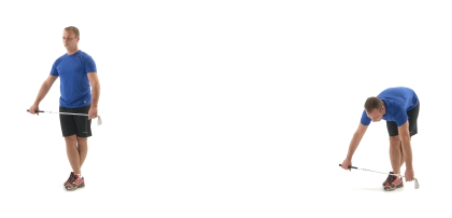
Wrist flexion and extension stretch
Extend one arm out in front of you with your elbow straight. Bend your wrist down towards the ground and use your opposite hand to apply gentle pressure. Bend your wrist up towards the sky using your opposite hand to apply pressure. Hold each for 30 seconds and repeat with the other arm.
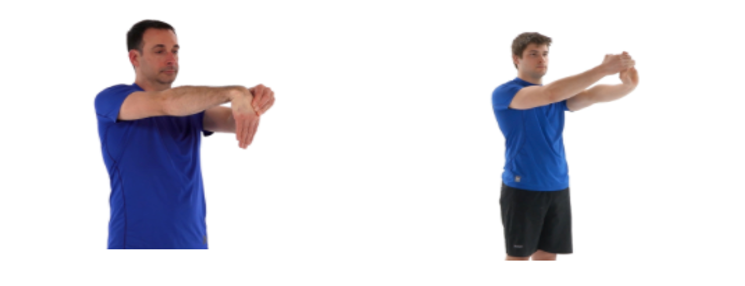
Shoulder stretch
Keeping your elbow straight, bring one arm across your body at shoulder height. Use your opposite arm to apply gentle pressure to increase stretch. Hold for 30 seconds and repeat on other side.
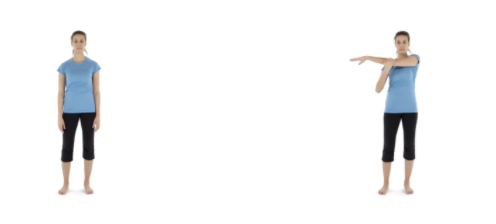
Pectoral stretch
Stand next to a wall or supportive surface and place your forearm along the wall at shoulder height with your elbow bent. Step gently forward until you feel a stretch across your chest. Hold for 30 seconds and repeat on the other side.
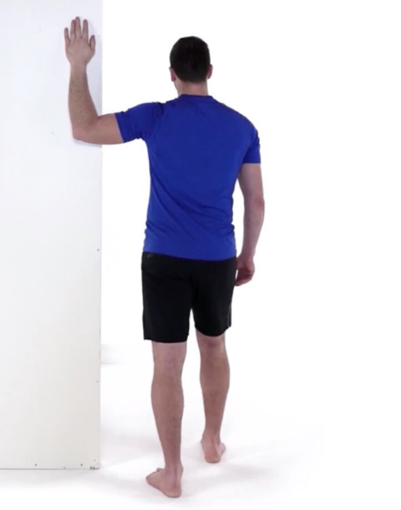
6. Stay hydrated
If you’re out on the course all day, it’s important that you are getting enough water. Hot weather, sun, and exercise are all factors that increase your risk of dehydration. It is recommended that adults drink ~8 cups of water per day, however this varies depending on your health, activity, and environment.
To prevent dehydration, it’s a good idea to drink water gradually throughout your game. Consider creating a habit of consuming water after every hole.
7. Limit your sun exposure
Small amounts of sun exposure is good for us. Sun creates vitamin D, which is important for our bone health and immune function. However, too much sun exposure can cause dehydration, skin damage, and eye damage. Consider these steps to avoid the harmful effects of the sun:
- Apply sunscreen every 2 hours
- Wear sunglasses that filter UV light
- Wear a hat
- Seek shady areas under a tree or covered golf cart
Golf injuries occur every year, but the good news is that many of these injuries can be prevented by incorporating warm-ups and cool-downs, and by being mindful of your body and environment when you’re out on the course.
Remember to take it slow, focus on your form, and don’t push yourself too far.
If you’re interested in setting up an in-depth assessment and treatment plan with a clinician, book an appointment online or check our locations page to find a clinic near you.
This blog was written by Emily Karageorgos, a Physiotherapy student at The University of Toronto

